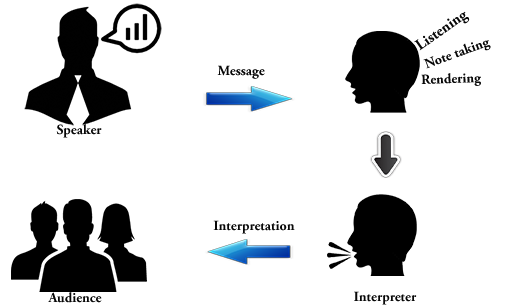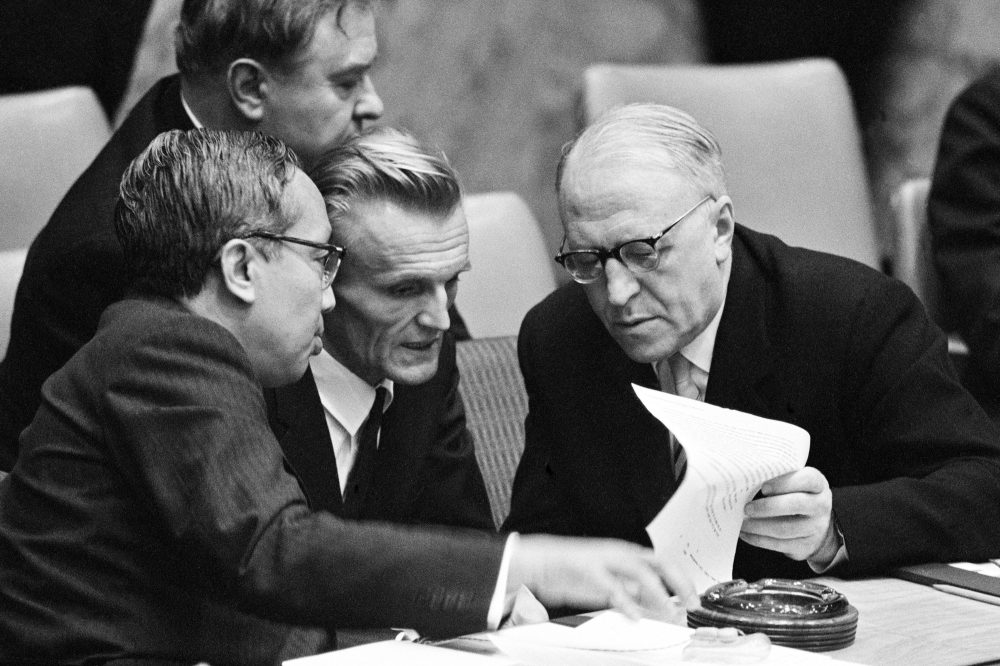Interpreting is about building bridges between two worlds.
Interpreting services for conventions, workshops, seminars, meetings and conferences.
Simultaneous:
The interpreter works in a soundproof booth, listening to a speech and translating it simultaneously into the target language so that participants can follow the proceedings in their own language. This is a real-time technique (just a few seconds and a few words – a lapse is known as décalage – separate the speaker’s words from those of the interpreter), and as such requires the appropriate equipment. Two professional interpreters are required per booth, taking it in turns lasting 20 – 30 minutes.
Supply of a simultaneous interpreting system in one of more language pairs, including interpreting booths complete with headphones and microphones, infrared transmission system, organisation, receivers and headphones.






